Your cart is currently empty!
Tag: CannabisEducation
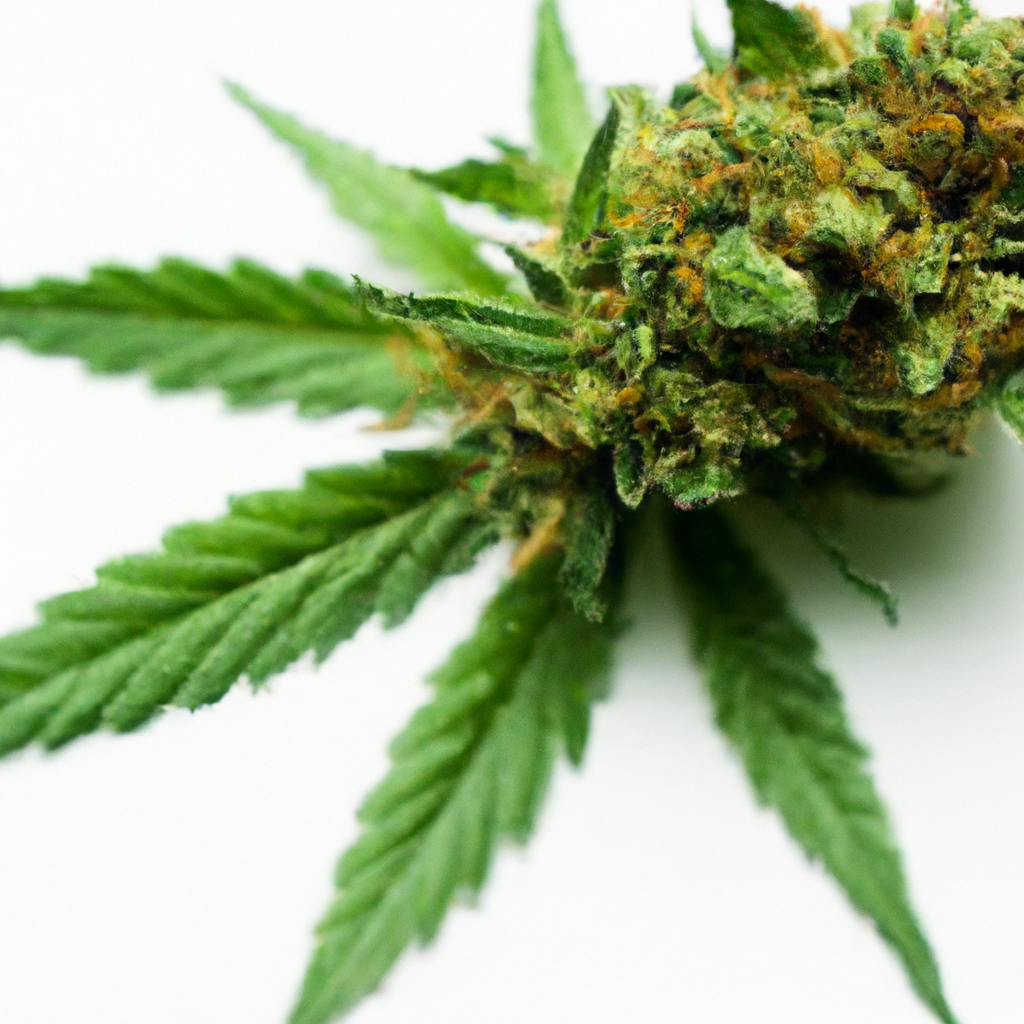
Cannabinoids are key compounds in cannabis, interacting with the body’s endocannabinoid system to influence health and wellness. THC and CBD are the most well-known cannabinoids, with THC being psychoactive and CBD noted for therapeutic benefits. Other cannabinoids like CBG and CBN also contribute unique effects. Scientific research is continuously unveiling their potential in areas such…
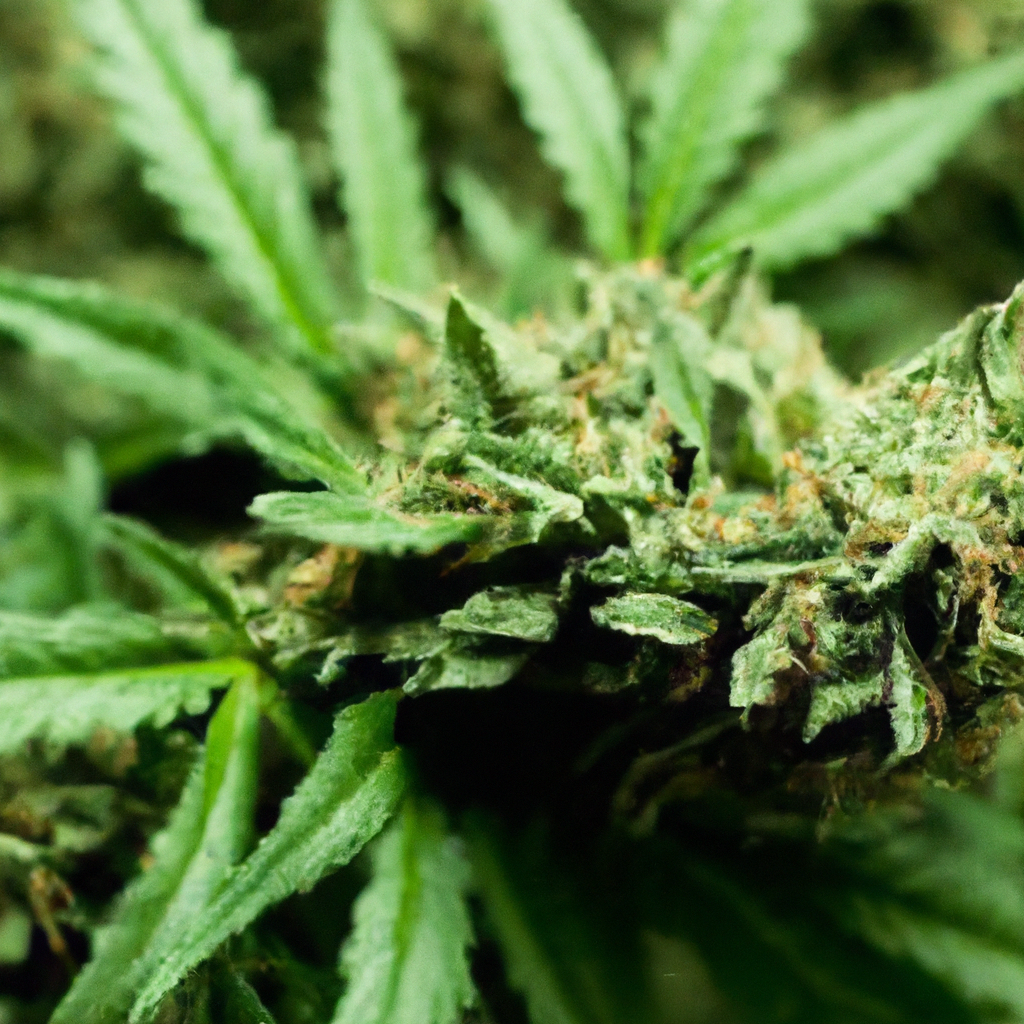
In the expanding field of cannabis research focused on mental clarity and focus, recent findings suggest that a balanced combination of THC and CBD can enhance cognitive performance. THC, known for its psychoactive effects, and CBD, which counteracts some of these effects, should be carefully balanced to achieve optimal mental clarity. Additionally, terpenes, the aromatic…
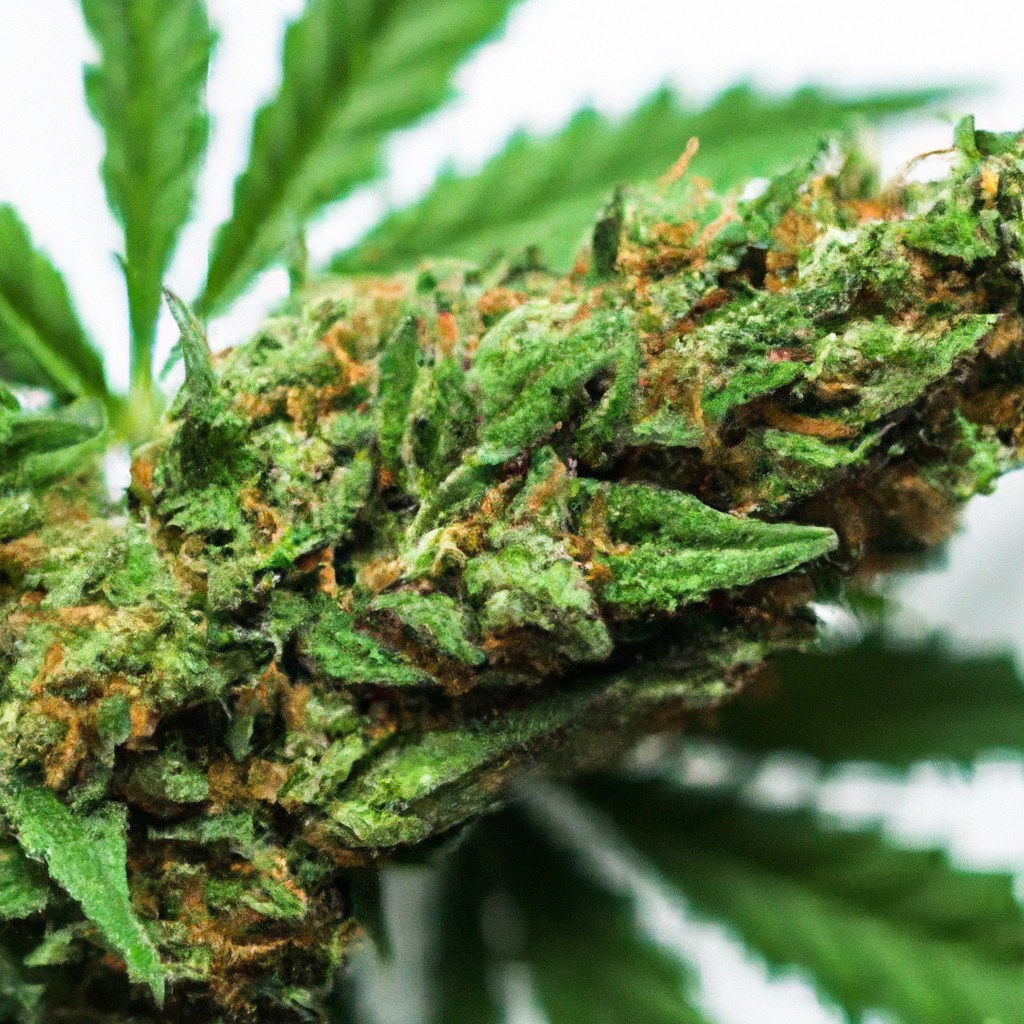
Cannabis potency is crucial for tailoring user experiences, influenced by THC levels. The concentration of THC determines the psychoactive effects, with genetics, growing conditions, and harvesting techniques playing vital roles. THC potency varies from low (under 10%) for mild effects, medium (10%-20%) for moderate use, to high (over 20%) for strong effects appealing to experienced…
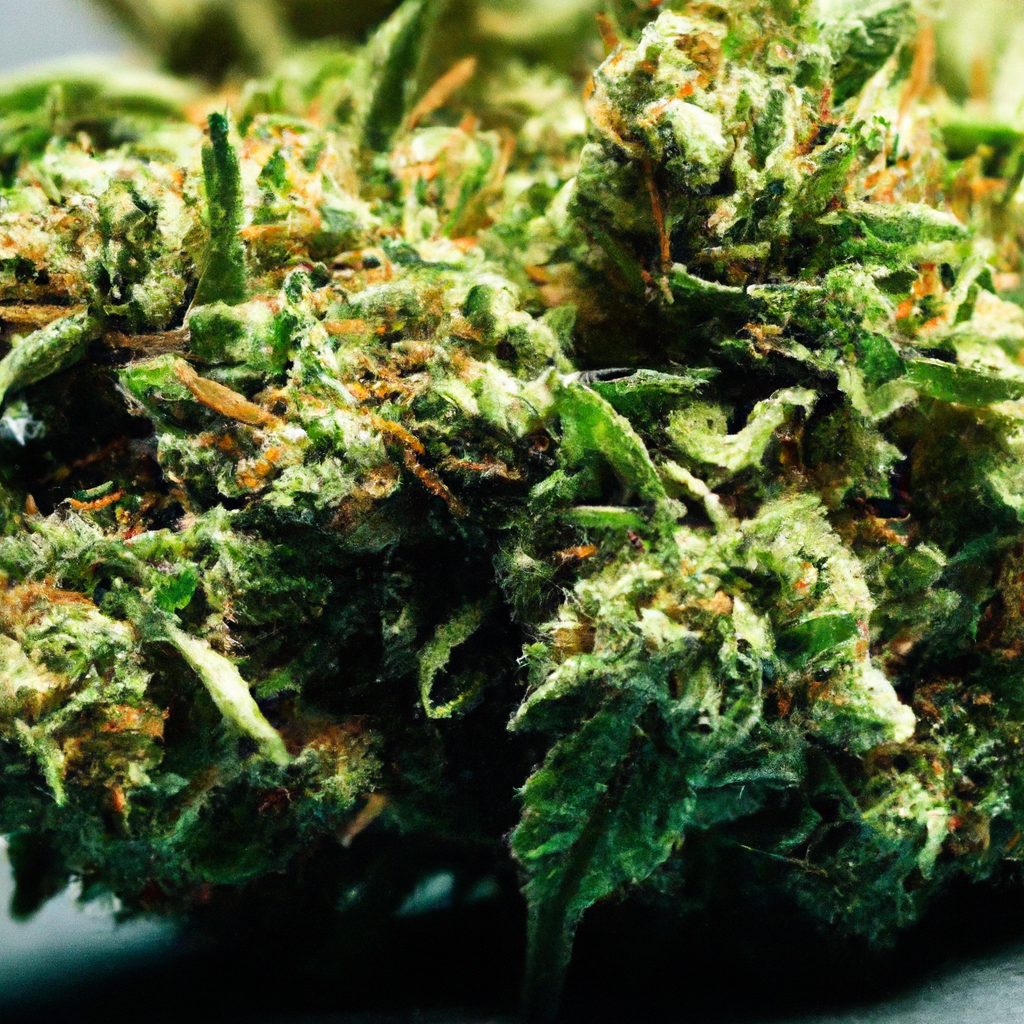
As cannabis legalization advances worldwide, the development of testing standards is crucial for ensuring product safety and quality. These standards play a vital role by assessing safety through contaminant screenings, measuring potency to guide consumer choices, and fostering transparency to build trust. However, challenges such as lack of standardization, technological limitations, and regulatory hurdles persist…
Terpenes are essential compounds in cannabis that influence its aroma, flavor, and effects. By understanding the common terpene profiles, such as the relaxing myrcene or the mood-enhancing limonene, users can make informed choices about their cannabis experience. The interaction between terpenes and cannabinoids, known as the “entourage effect,” enhances cannabis effects and offers a customizable…
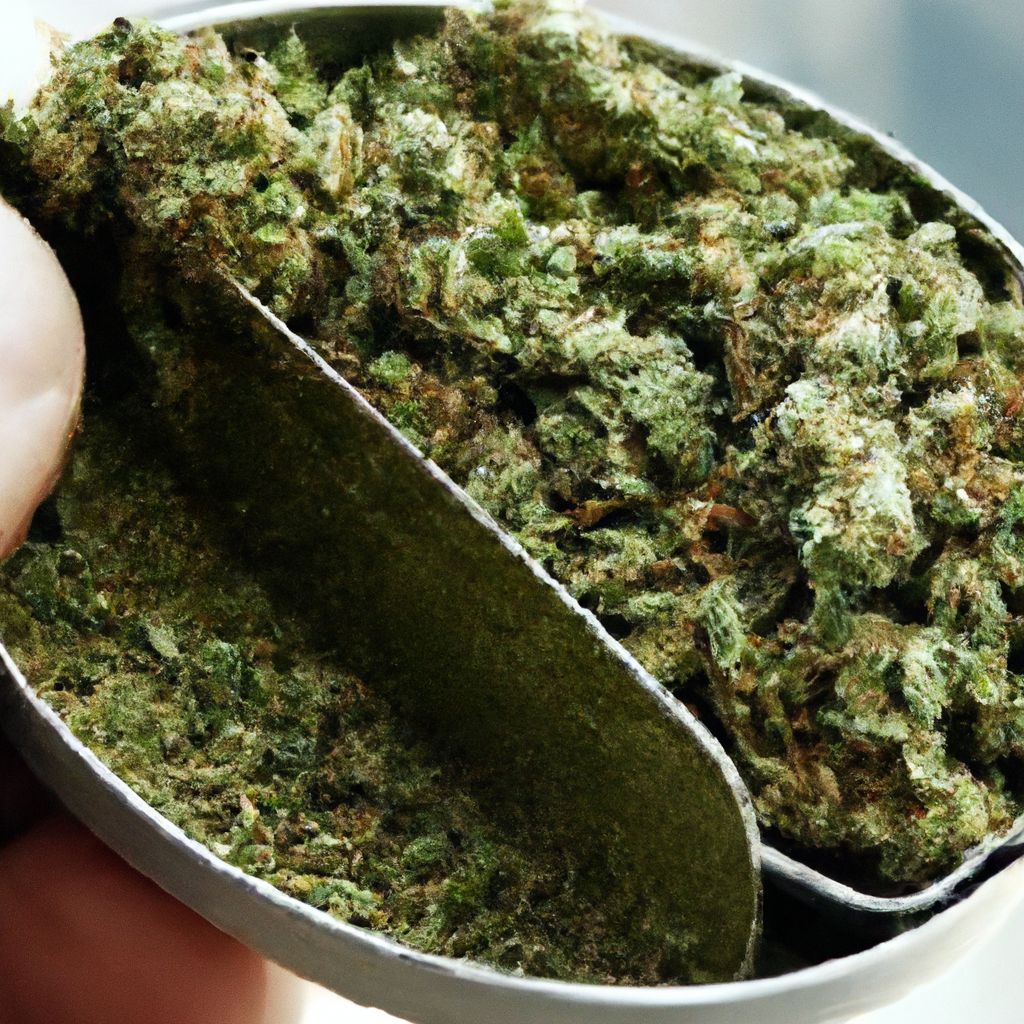
Decarboxylation is an essential yet often overlooked step in cannabis preparation, crucial for unlocking its full therapeutic and psychoactive potential. This process transforms inactive cannabinoids like THCA and CBDA into their active forms, THC and CBD, enhancing their efficacy for both medicinal and recreational use. The blog post provides a detailed guide on decarboxylating cannabis…
Cannabis genetics are central to understanding the plant’s diverse effects, flavors, and growth patterns. These genetic variations arise from landrace strains, hybrids, and environmental influences on phenotypes, contributing to the distinct characteristics of indica, sativa, and hybrid strains. Terpenes and flavonoids further shape the sensory experience, influencing aroma and flavor while enhancing the entourage effect.…

In cannabis cultivation, effective watering is crucial for optimal plant health and yield. This process involves more than just hydration; it’s about understanding how water interacts with soil, roots, and plant physiology. Proper watering dissolves nutrients for root absorption, maintains plant structure, and aids nutrient transport. Key techniques include adjusting for different growing mediums, observing…
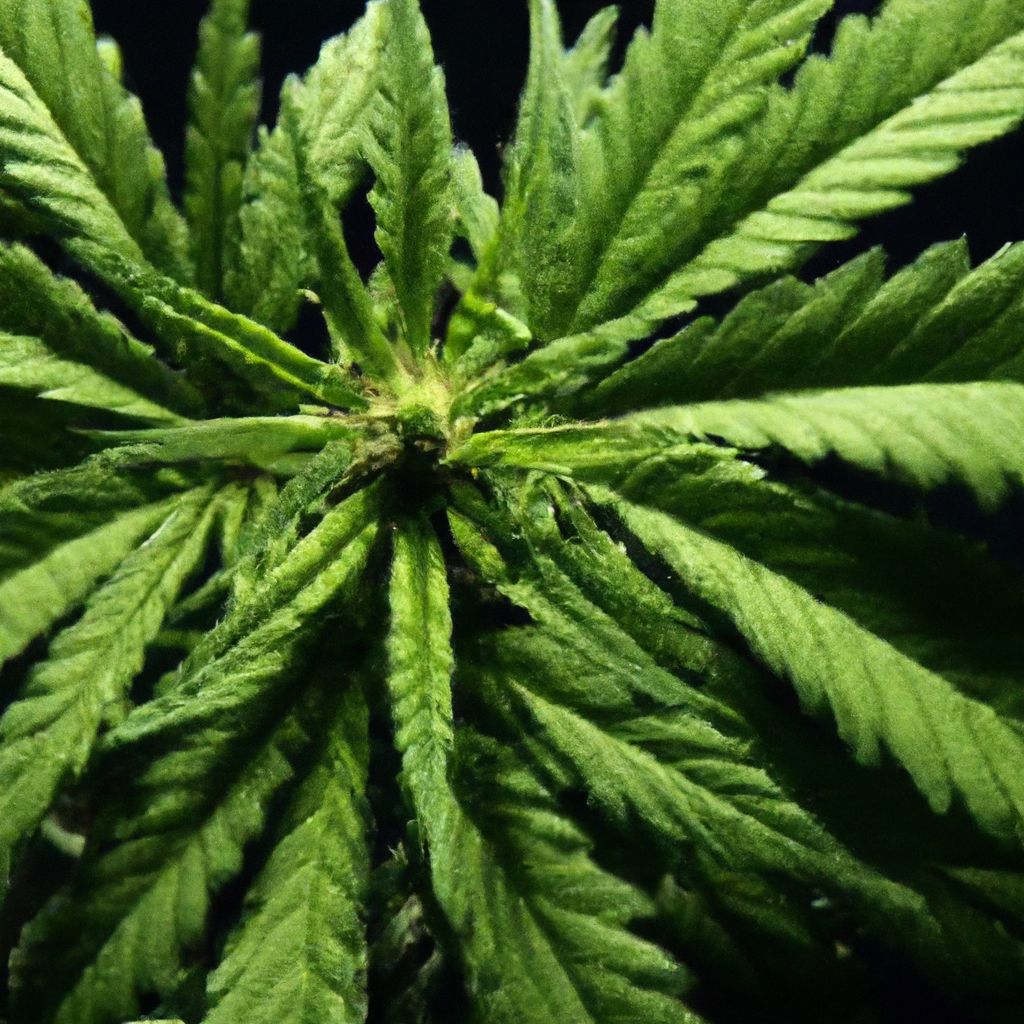
As the drive to combat climate change escalates, the cultivation of cannabis emerges as a surprising ally in carbon sequestration. This blog post explores how cannabis, beyond its well-known medical and recreational uses, can significantly contribute to capturing and storing atmospheric carbon dioxide. With its rapid growth and high biomass, cannabis not only absorbs substantial…
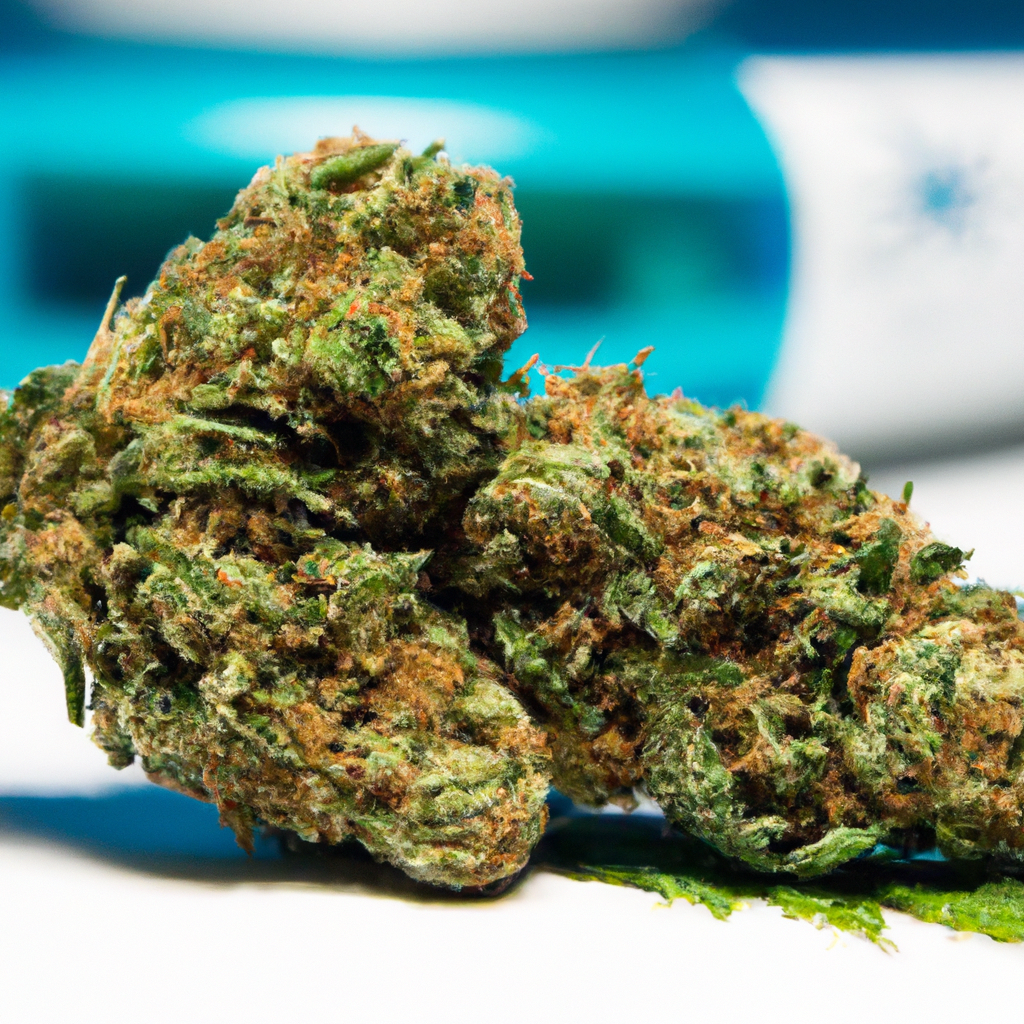
For centuries, individuals have sought various methods to achieve better sleep, with cannabis emerging as a recent trend. This post explores how cannabis interacts with the body’s endocannabinoid system to regulate sleep. The cannabinoids THC and CBD play distinct roles: THC may help with sleep onset but could reduce REM sleep and lead to grogginess,…
